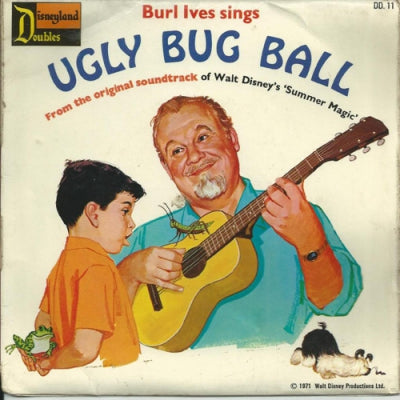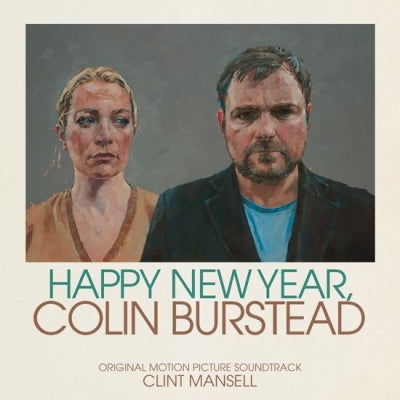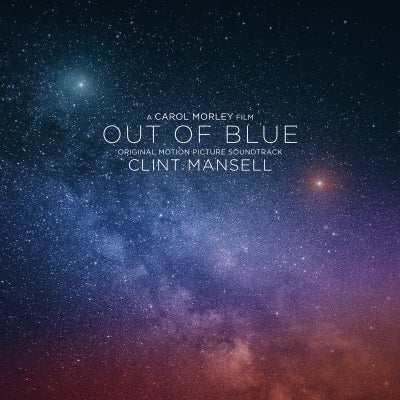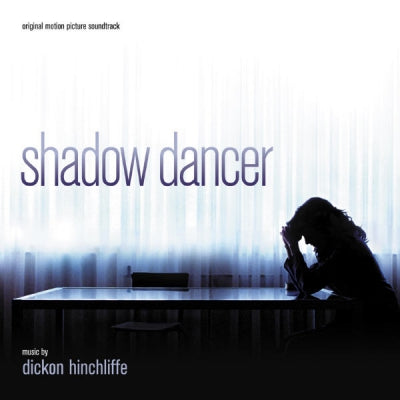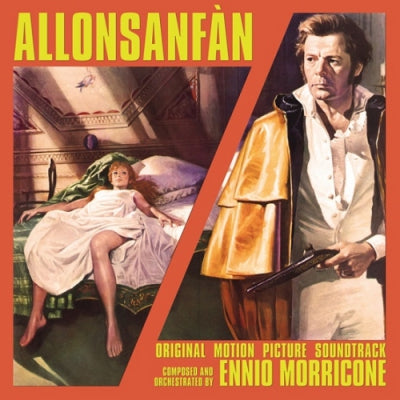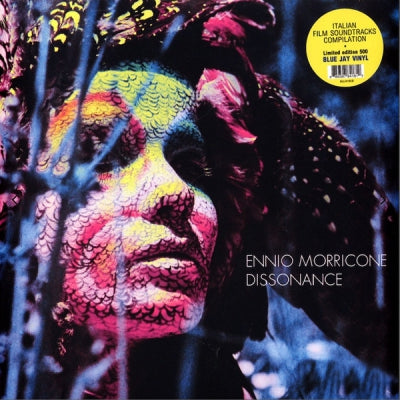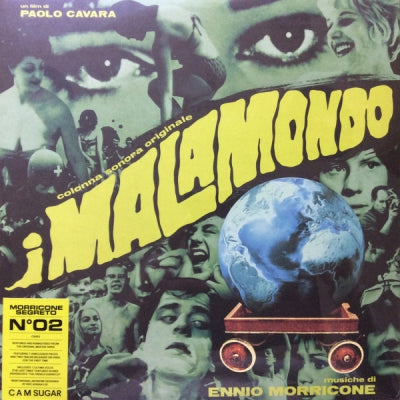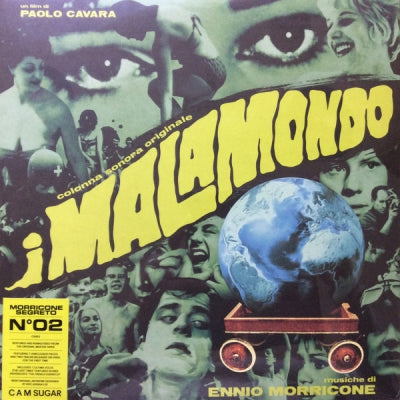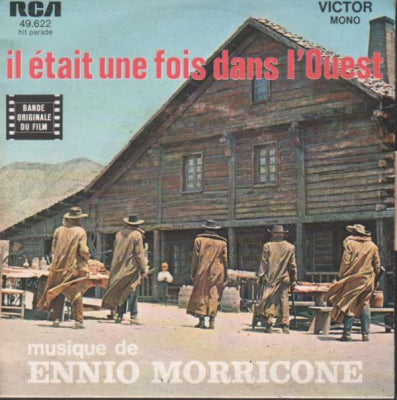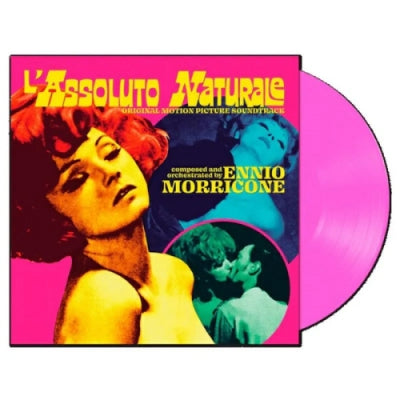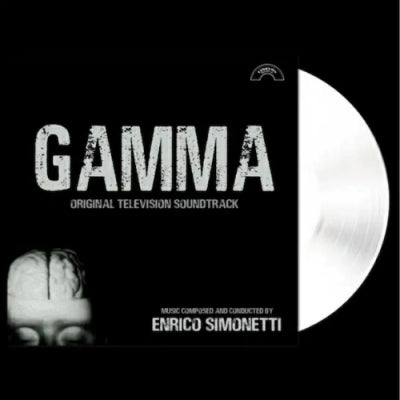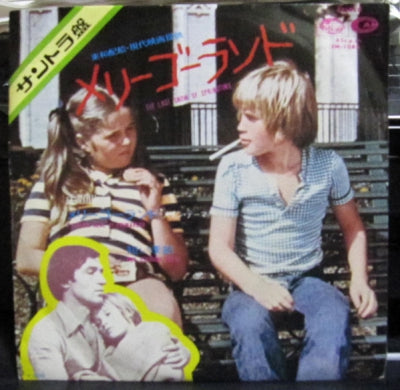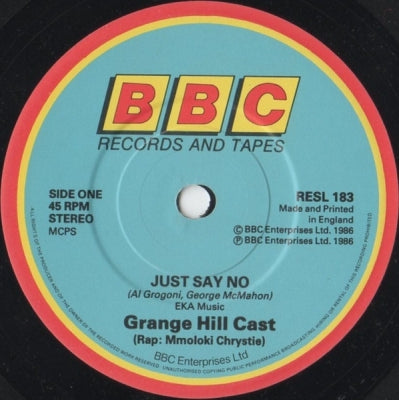YOU MAY ALSO LIKE –
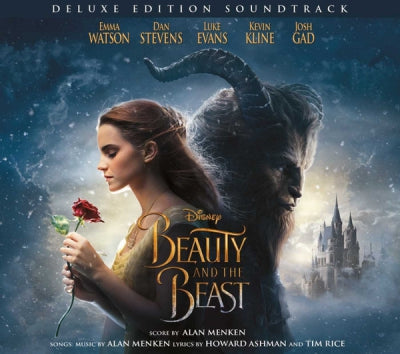 ALAN MENKEN, HOWARD ASHMAN AND TIM RICE
ALAN MENKEN, HOWARD ASHMAN AND TIM RICEBeauty And The Beast (Original Motion Picture Soundtrack)
2xCD album
SS / M
£15.00
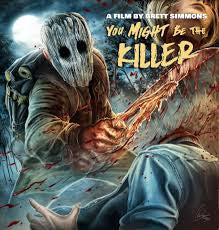 ANDREW MORGAN SMITH
ANDREW MORGAN SMITHYou Might Be The Killer (Original Motion Picture Soundtrack)
vinyl LP
VG+ / NM
£30.00
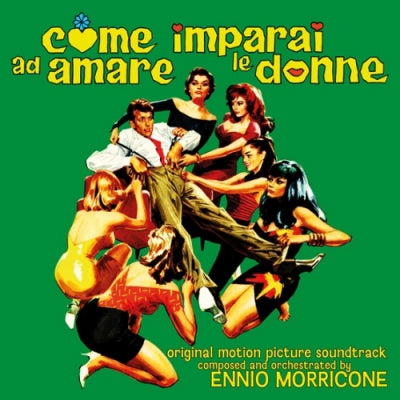 ENNIO MORRICONE
ENNIO MORRICONECome Imparai Ad Amare Le Donne (Original Motion Picture Soundtrack)
vinyl LP (new stock)
M / M
£28.99
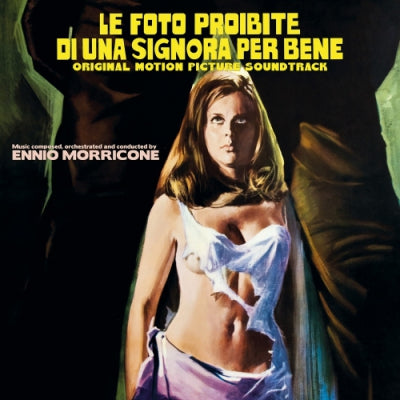 ENNIO MORRICONE
ENNIO MORRICONELe Foto Proibite Di Una Signora Per Bene (Original Motion Picture Soundtrack)
vinyl LP (new stock)
M / M
£19.99
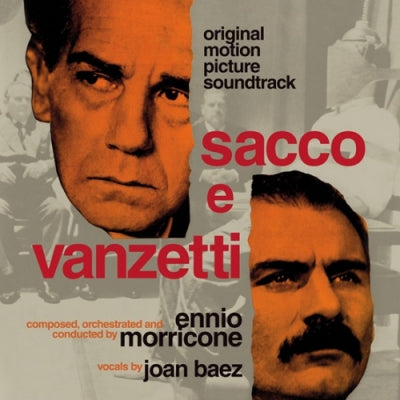 ENNIO MORRICONE
ENNIO MORRICONESacco E Vanzetti (Original Motion Picture Soundtrack)
vinyl LP (new stock)
M / M
£28.99
 ENNIO MORRICONE
ENNIO MORRICONESenza Sapere Niente Di Lei (Original Motion Picture Soundtrack)
vinyl LP (new stock)
NM / M
£26.99
 ERIC WEISSBERG & STEVE MANDELL
ERIC WEISSBERG & STEVE MANDELLDueling Banjos: From The Original Motion Picture Soundtrack 'Deliverance'
vinyl LP
VG / VG
£8.00
 GEORGE MICHAEL & WHAM!
GEORGE MICHAEL & WHAM!Last Christmas (The Original Motion Picture Soundtrack)
vinyl 2LP
VG+ / NM
£20.00
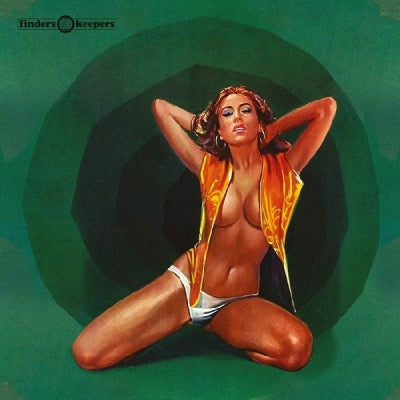 GIANFRANCO REVERBERI & ROMOLO FORLAI
GIANFRANCO REVERBERI & ROMOLO FORLAIRivelazioni Di Uno Psichiatra Sul Mondo Perverso Del Sesso
7" vinyl
VG / NM
£30.00








